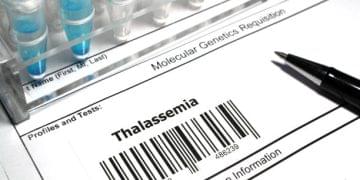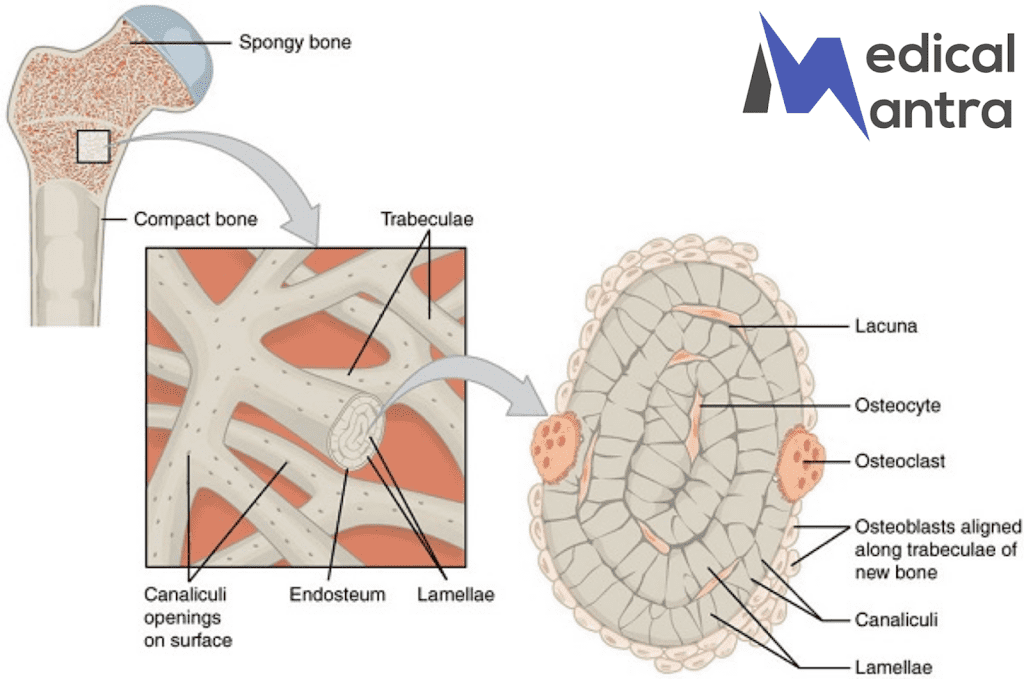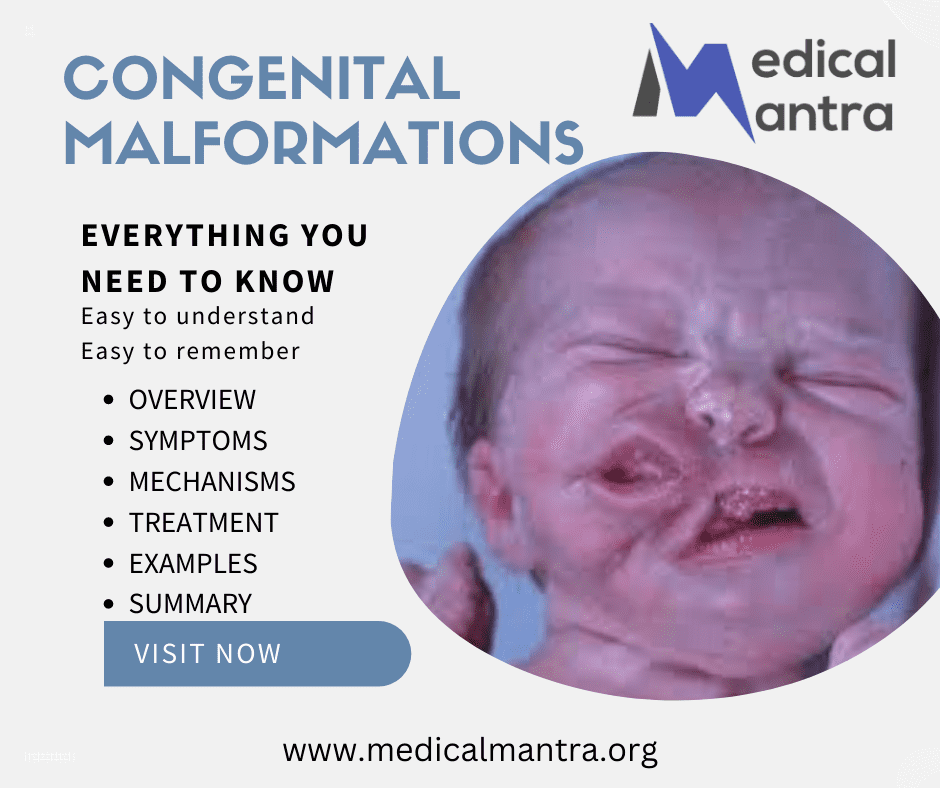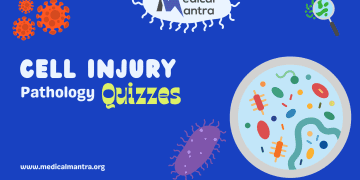What is Thalassemia?
Thalassemia is a genetic blood disorder characterized by the body’s inability to produce adequate amounts of hemoglobin, the protein in red blood cells responsible for carrying oxygen throughout the body. This condition leads to anemia, ranging from mild to severe and significantly impacts a patient’s quality of life. Understanding thalassemia is crucial for medical professionals as it aids in accurate diagnosis, effective treatment, and comprehensive patient care.
Table of Contents
Types of Thalassemia
Alpha Thalassemia:
Genetics and Etiology: Caused by deletions or mutations in the HBA1 and HBA2 genes located on chromosome 16. These genes are responsible for producing the alpha-globin chains of hemoglobin.
Variants:
- Alpha Thalassemia Major (Hydrops Fetalis): All four alpha-globin genes are deleted or mutated. Severe anemia, usually fatal in utero or shortly after birth without intervention.
- Silent Carrier: One alpha-globin gene is deleted or mutated. No symptoms or mild microcytosis.
- Alpha Thalassemia Trait: Two alpha-globin genes are deleted or mutated. Mild anemia and microcytosis.
- Hemoglobin H Disease: Three alpha-globin genes are deleted or mutated. Moderate to severe anemia, splenomegaly, and bone deformities.
Pathophysiology: The deletion or mutation of alpha-globin genes leads to a deficiency in alpha-globin chain production. In Hemoglobin H Disease, excess beta-globin chains form unstable tetramers (Hemoglobin H), causing ineffective erythropoiesis and hemolysis. In Hydrops Fetalis, the absence of alpha-globin chains results in the formation of gamma-globin tetramers (Hemoglobin Barts), which are unable to release oxygen effectively, leading to severe hypoxia and heart failure in the fetus.
Beta Thalassemia:
Genetics and Etiology: Caused by point mutations, deletions, or insertions in the HBB gene located on chromosome 11. This gene is responsible for producing the beta-globin chains of hemoglobin.
Variants:
- Beta Thalassemia Minor: One beta-globin gene is mutated. Mild anemia, often asymptomatic.
- Beta Thalassemia Intermedia: Two beta-globin genes are mutated, but with some residual beta-globin production. Moderate to severe anemia, not transfusion-dependent.
- Beta Thalassemia Major (Cooley’s Anemia): Two beta-globin genes are severely mutated or deleted. Severe anemia, transfusion-dependent.
Pathophysiology: Mutations in the HBB gene lead to reduced or absent beta-globin chain production. The imbalance between alpha and beta-globin chains results in the formation of insoluble alpha-globin chain inclusions within red blood cells, causing ineffective erythropoiesis, hemolysis, and subsequent anemia. The body compensates by increasing erythropoietin production, leading to extramedullary hematopoiesis and bone marrow hyperplasia.
Clinical Presentation
- Alpha Thalassemia: Patients may present with mild anemia, fatigue, and in severe cases, splenomegaly and bone deformities.
- Beta Thalassemia: Symptoms include severe anemia, jaundice, hepatosplenomegaly, growth retardation, and skeletal abnormalities. In Beta Thalassemia Major, symptoms typically appear within the first two years of life.
Diagnosis
- Complete Blood Count (CBC): Shows microcytic hypochromic anemia.
- Hemoglobin Electrophoresis: Identifies abnormal hemoglobin variants and quantifies hemoglobin A2 and F levels.
- Genetic Testing: Confirms mutations in the HBA or HBB genes.
Treatment and Management
- Regular Blood Transfusions: Maintain adequate hemoglobin levels and prevent complications.
- Iron Chelation Therapy: Prevents iron overload due to frequent transfusions.
- Folic Acid Supplements: Support erythropoiesis.
- Splenectomy: Considered in cases of hypersplenism.
- Bone Marrow Transplant: Potential cure, particularly in severe cases, if a suitable donor is available.
Complications
- Iron Overload: Can lead to cardiac, hepatic, and endocrine dysfunctions.
- Growth Retardation: Due to chronic anemia and nutritional deficiencies.
- Bone Deformities: Result from bone marrow hyperplasia.
- Increased Risk of Infections: Especially post-splenectomy.
Prevention and Genetic Counseling
Genetic counseling is vital for families with a history of thalassemia. Prenatal screening and carrier testing can help at-risk couples make informed reproductive choices. Preimplantation genetic diagnosis (PGD) is an option for avoiding the transmission of thalassemia to offspring.
Conclusion
Thalassemia is a complex genetic disorder requiring a multidisciplinary approach for effective management. As medical students and doctors, understanding the intricacies of this condition, from its genetic basis to clinical management, is essential. Comprehensive patient care, including regular monitoring and supportive treatments, can significantly improve the quality of life for individuals affected by thalassemia.











